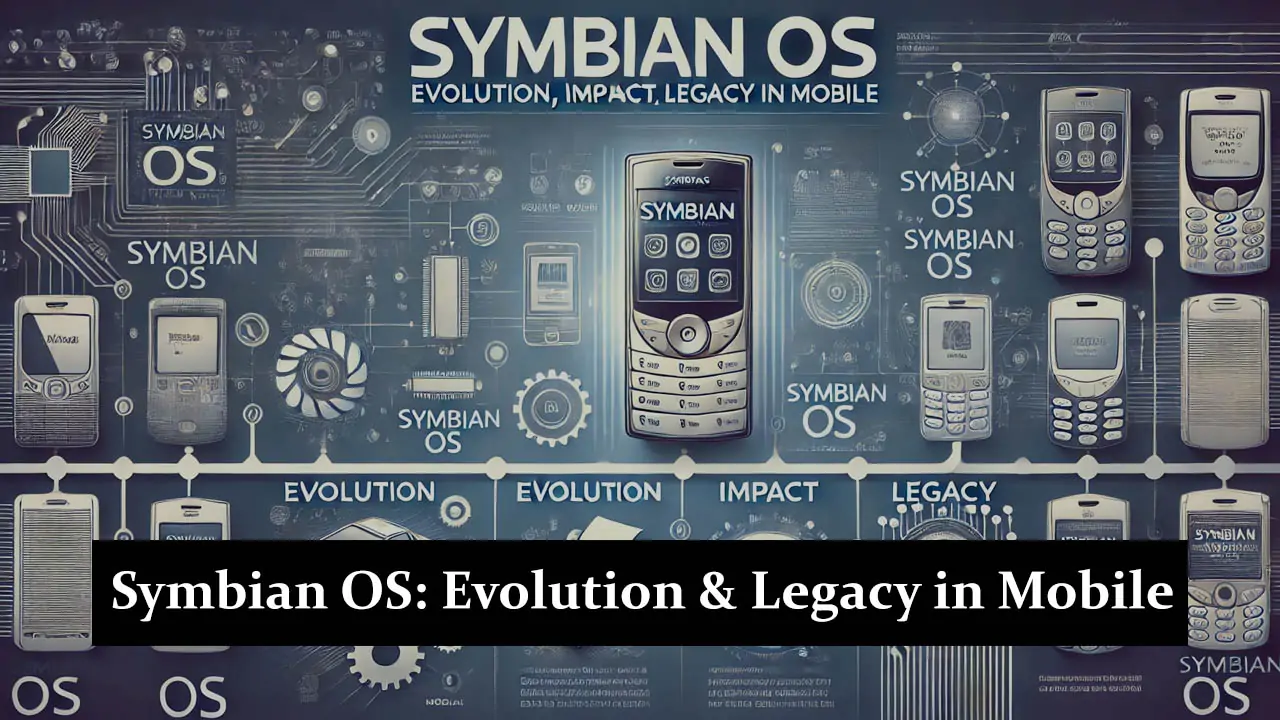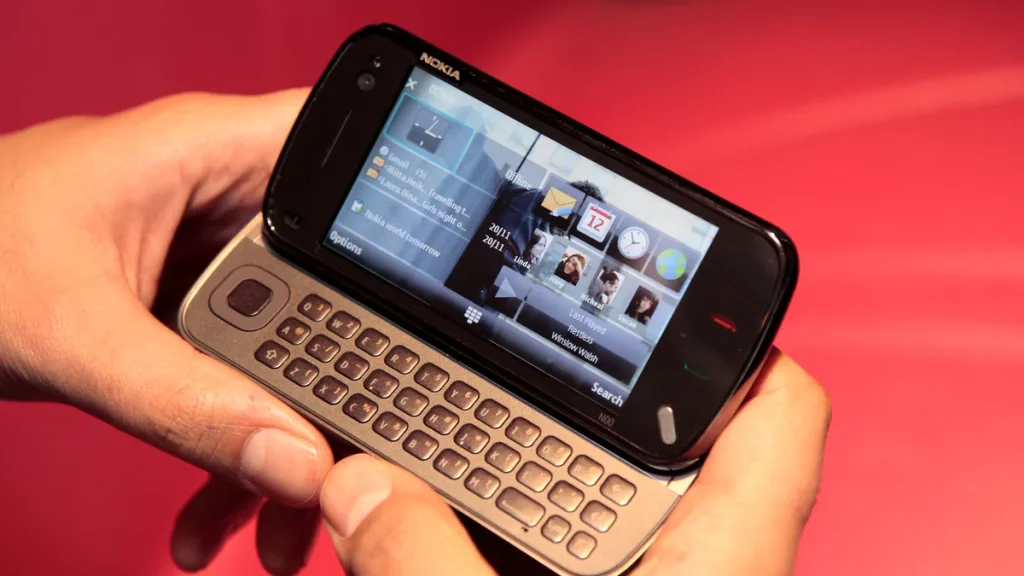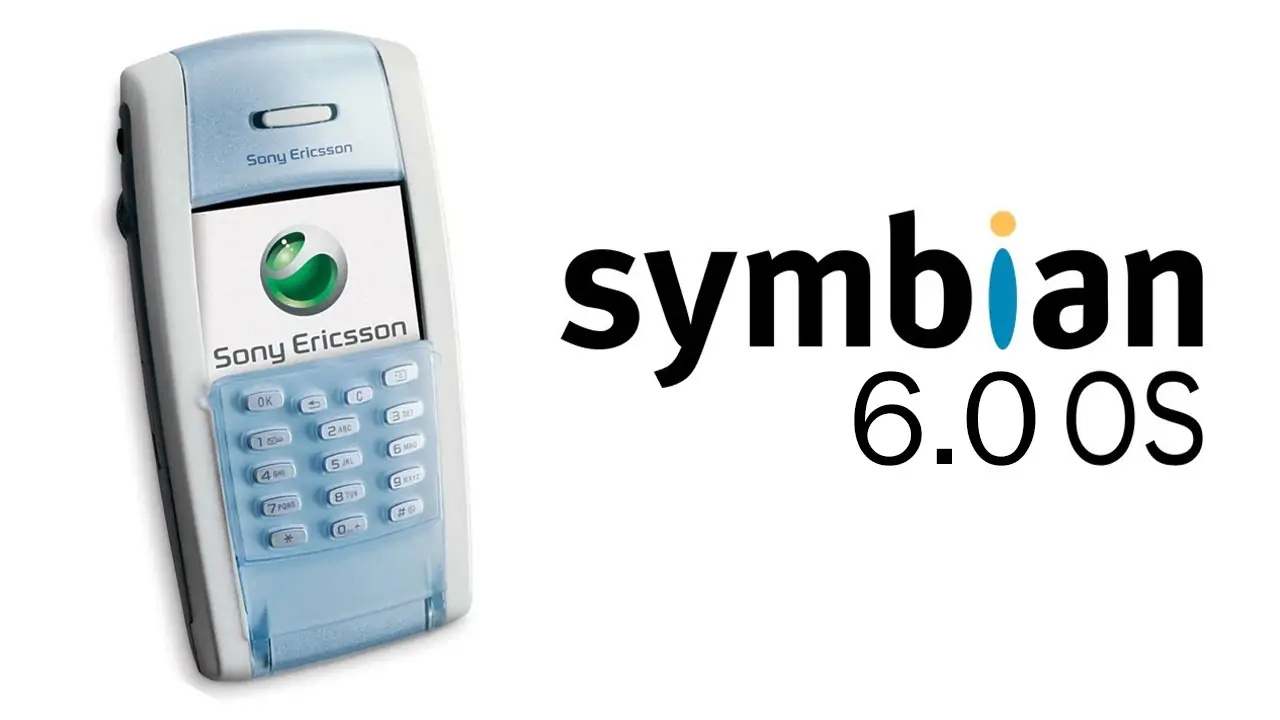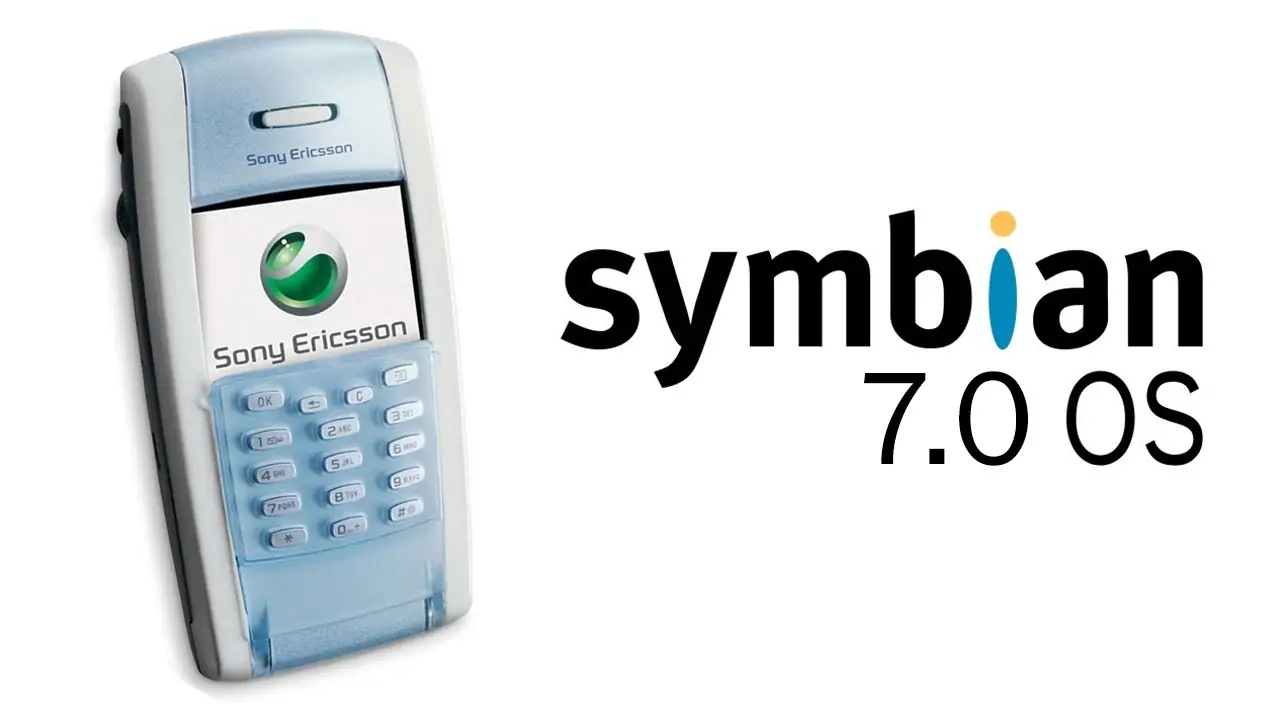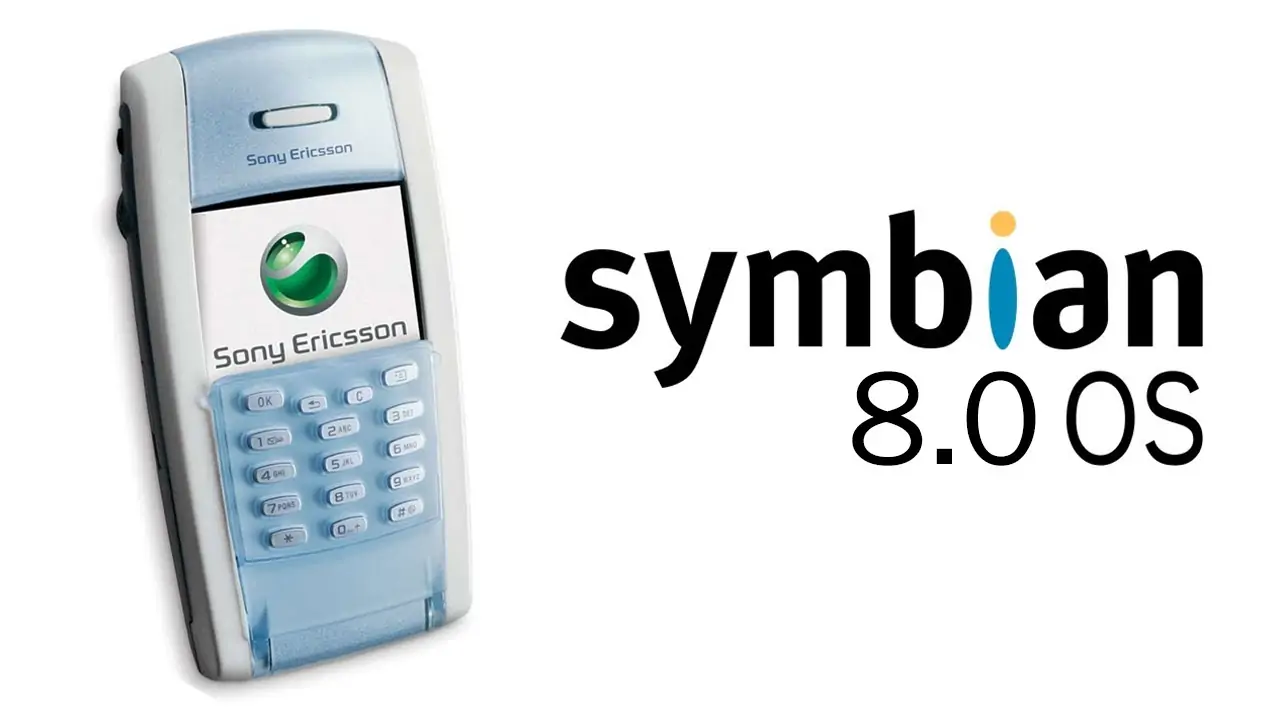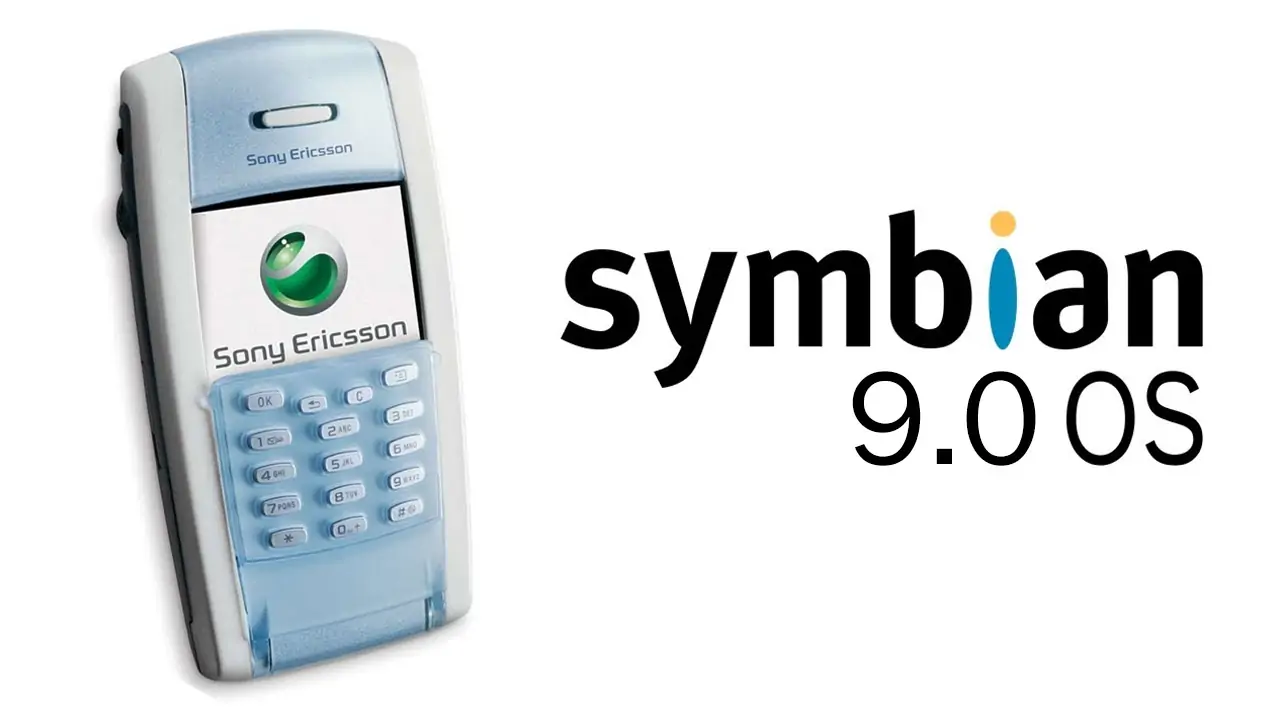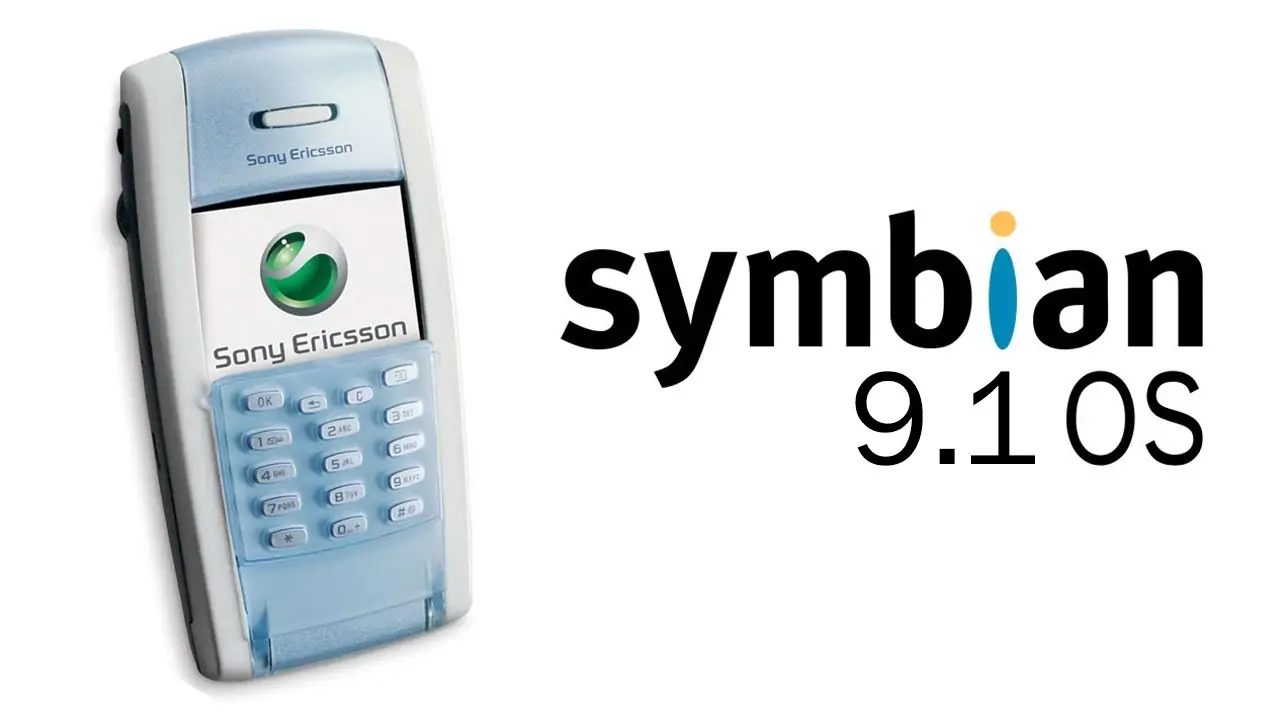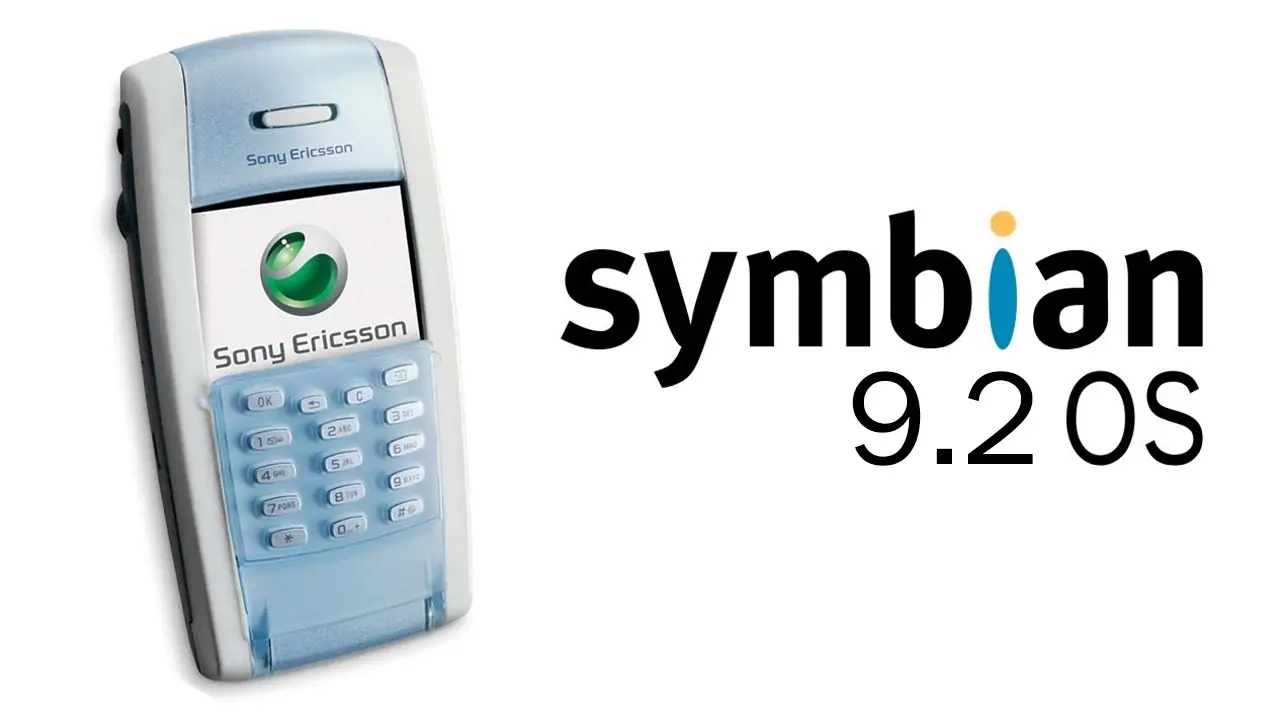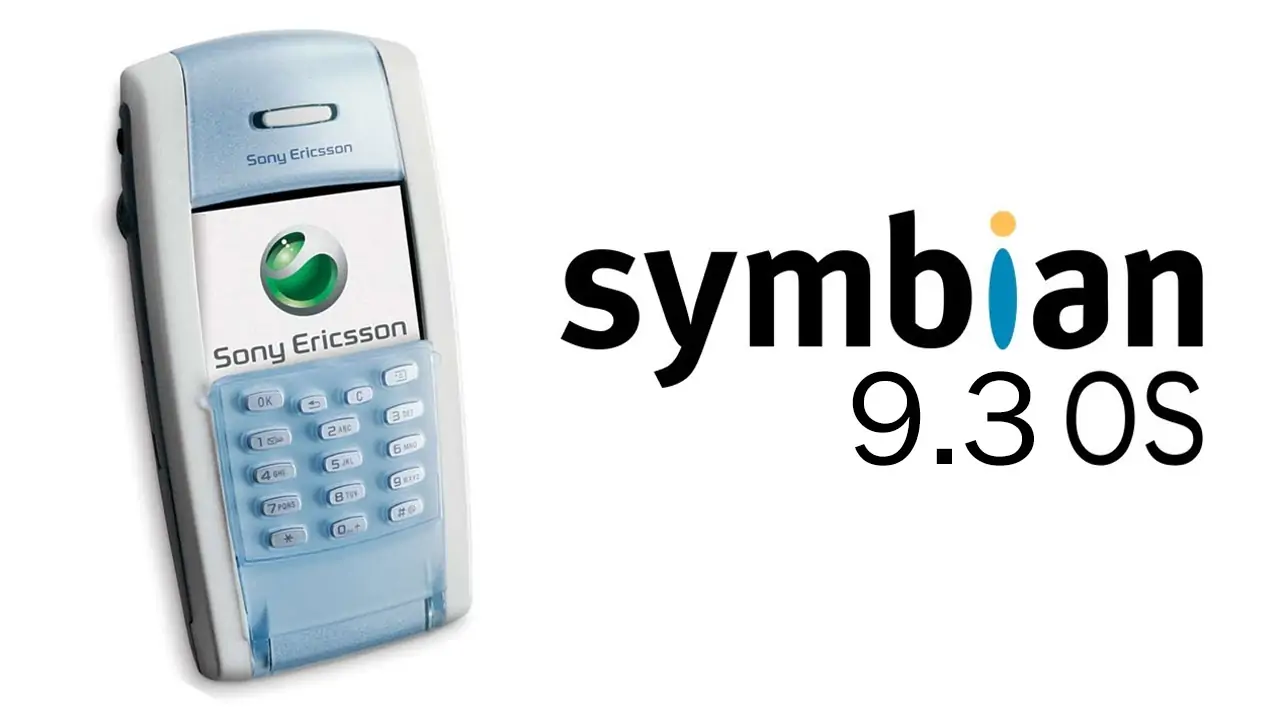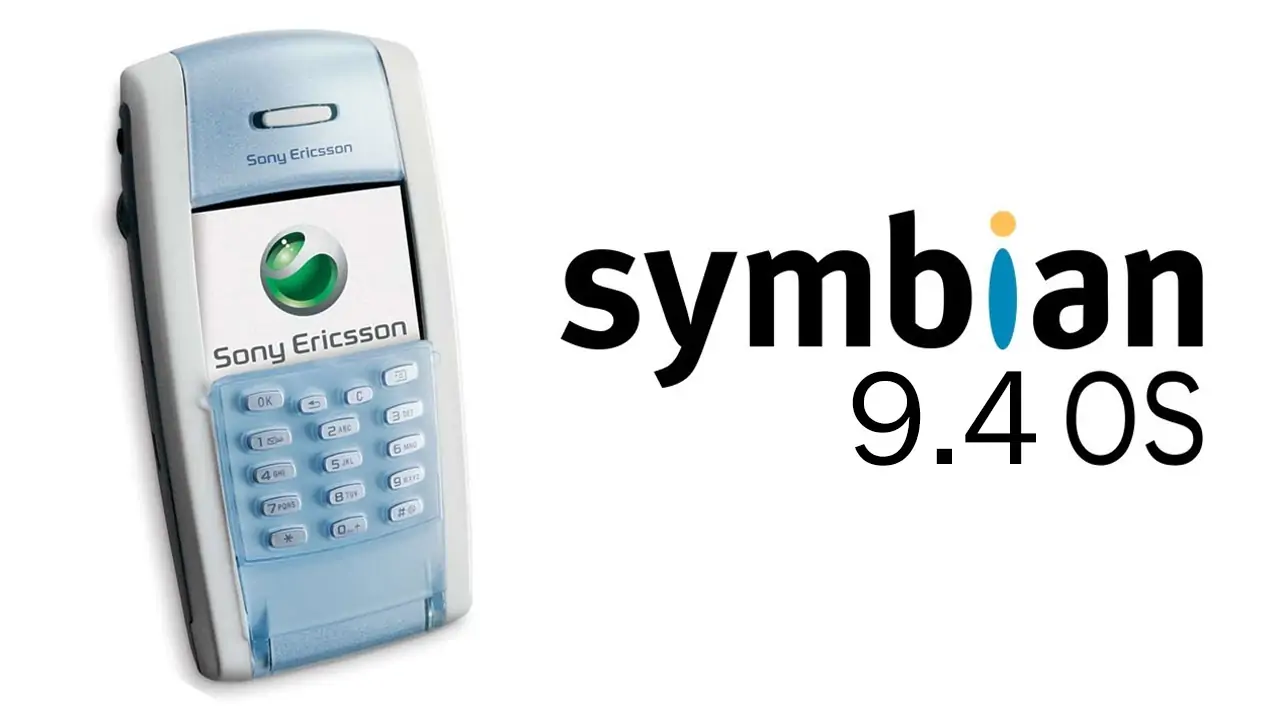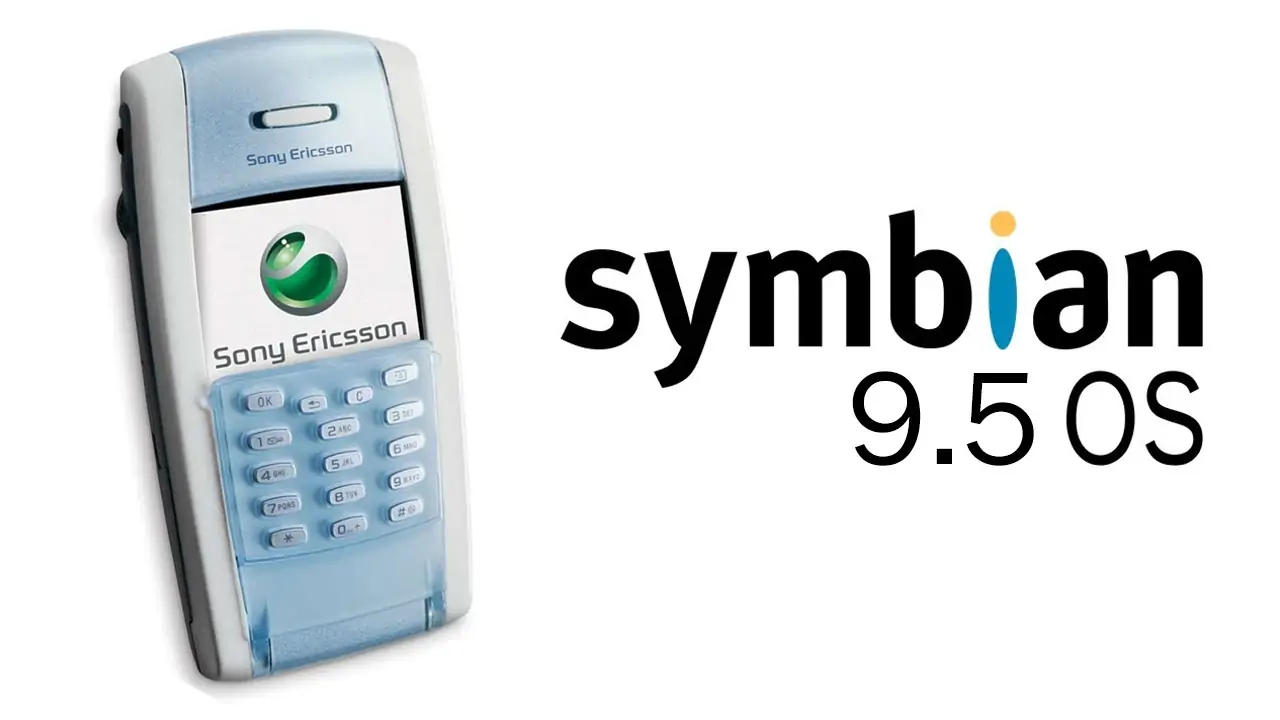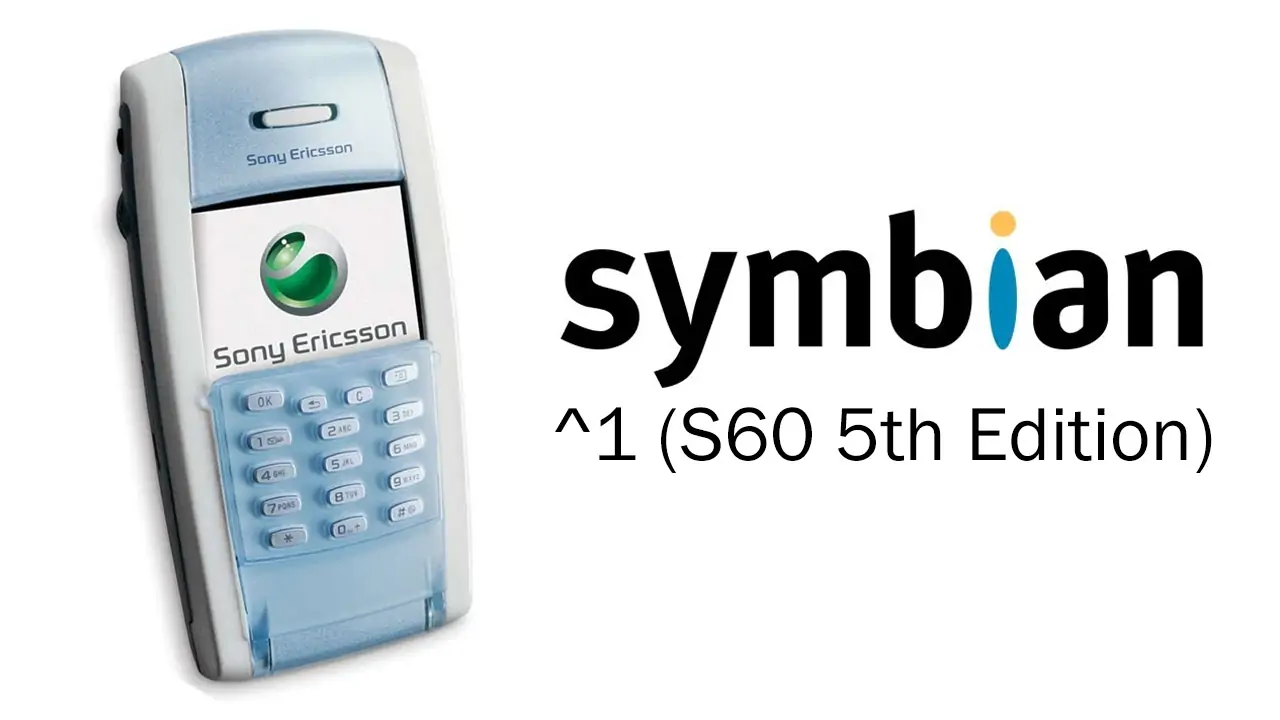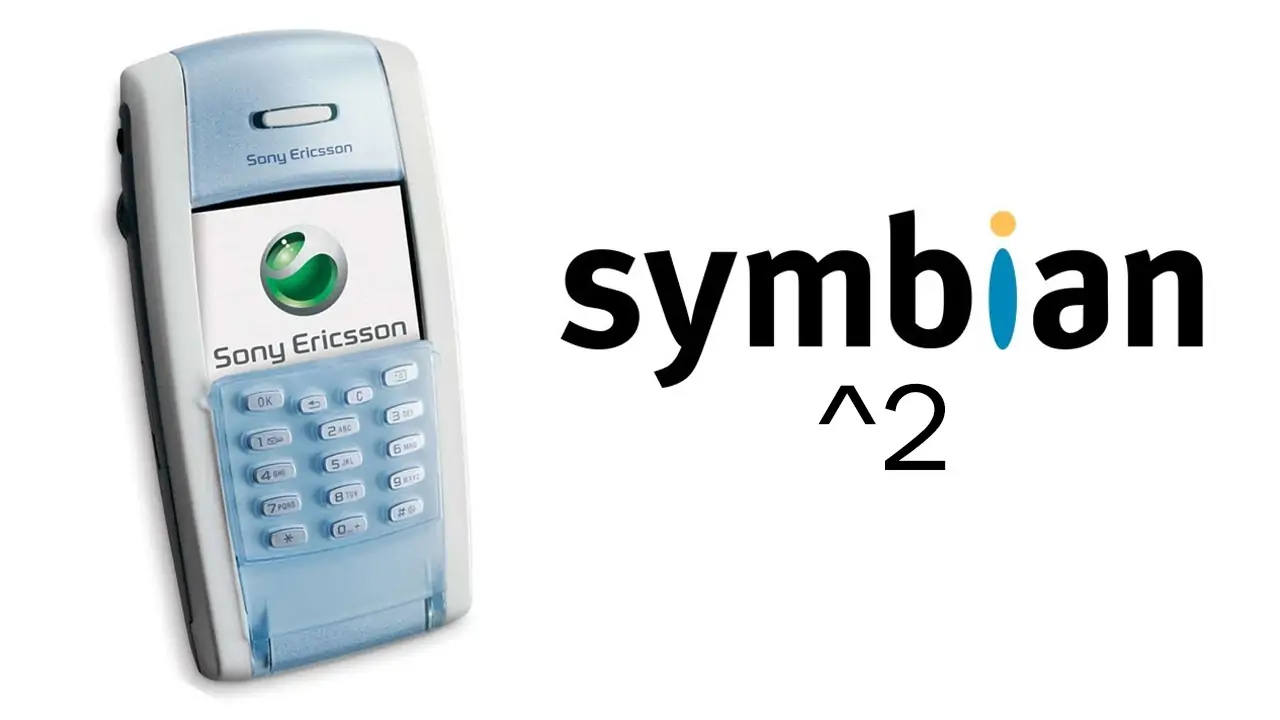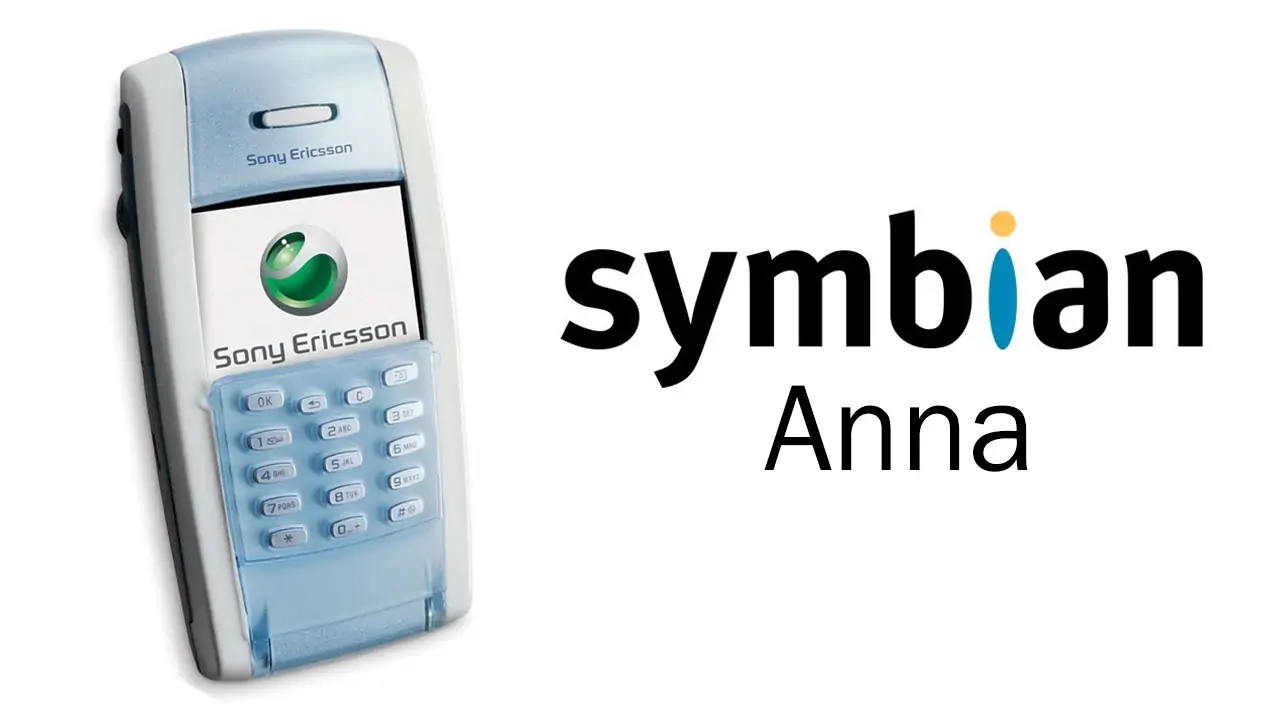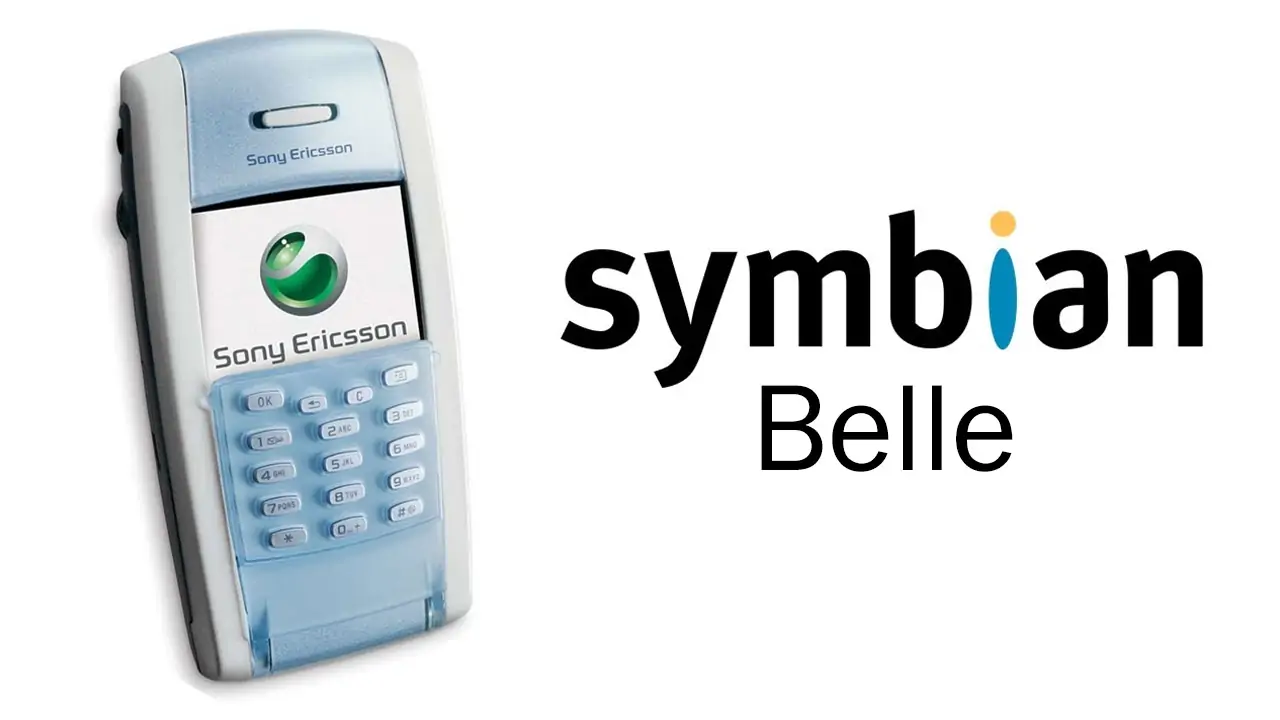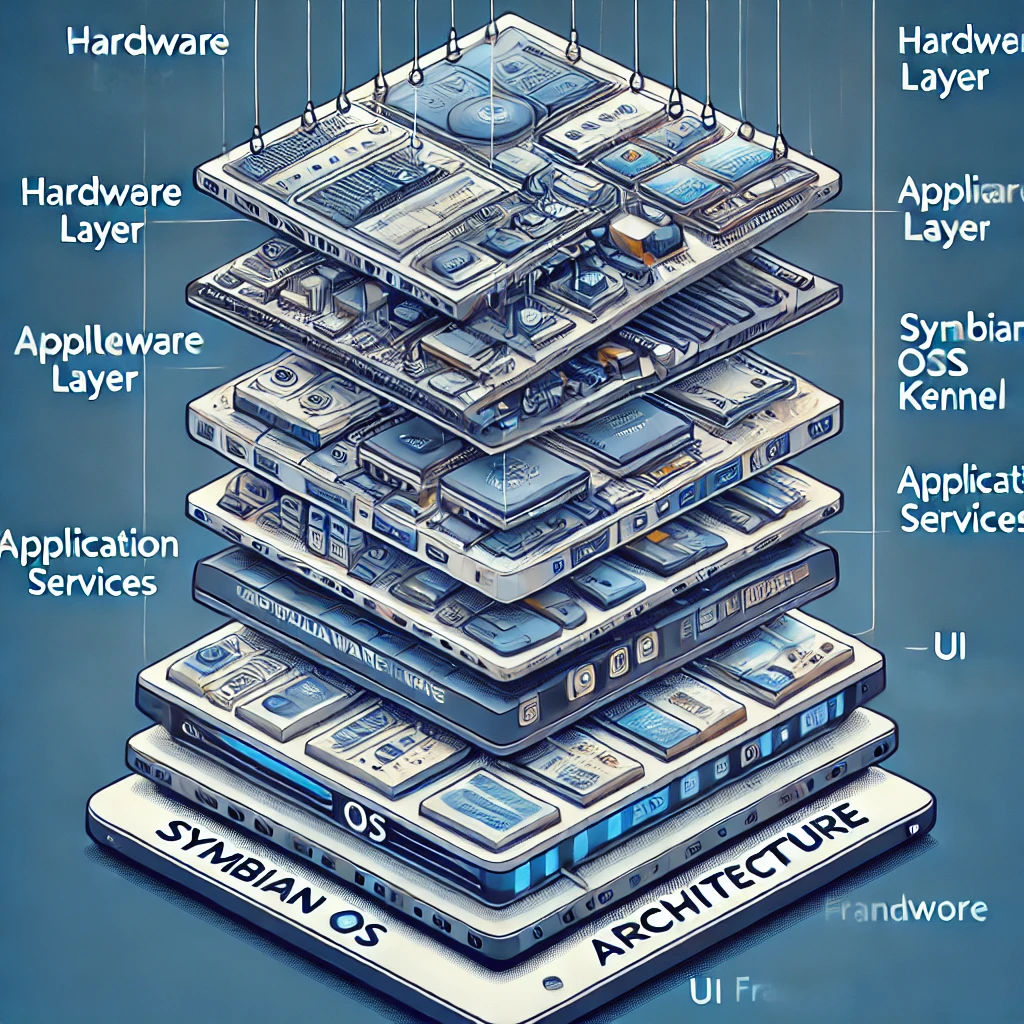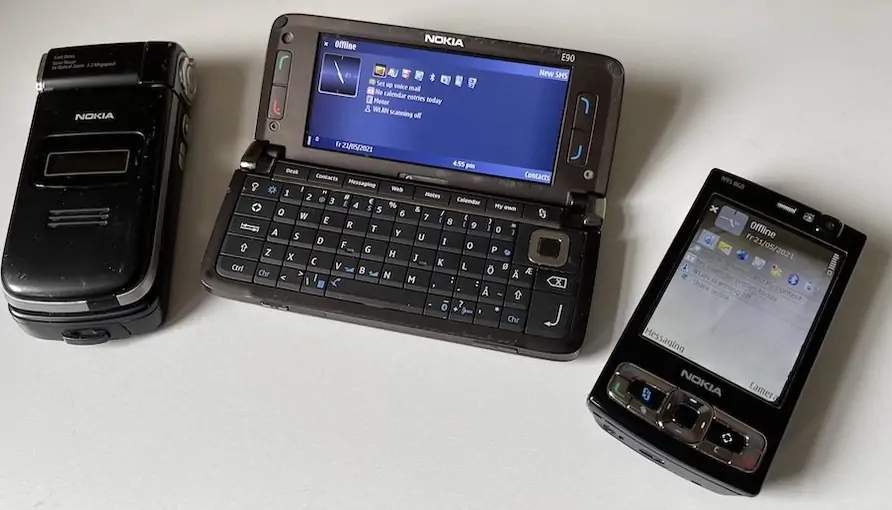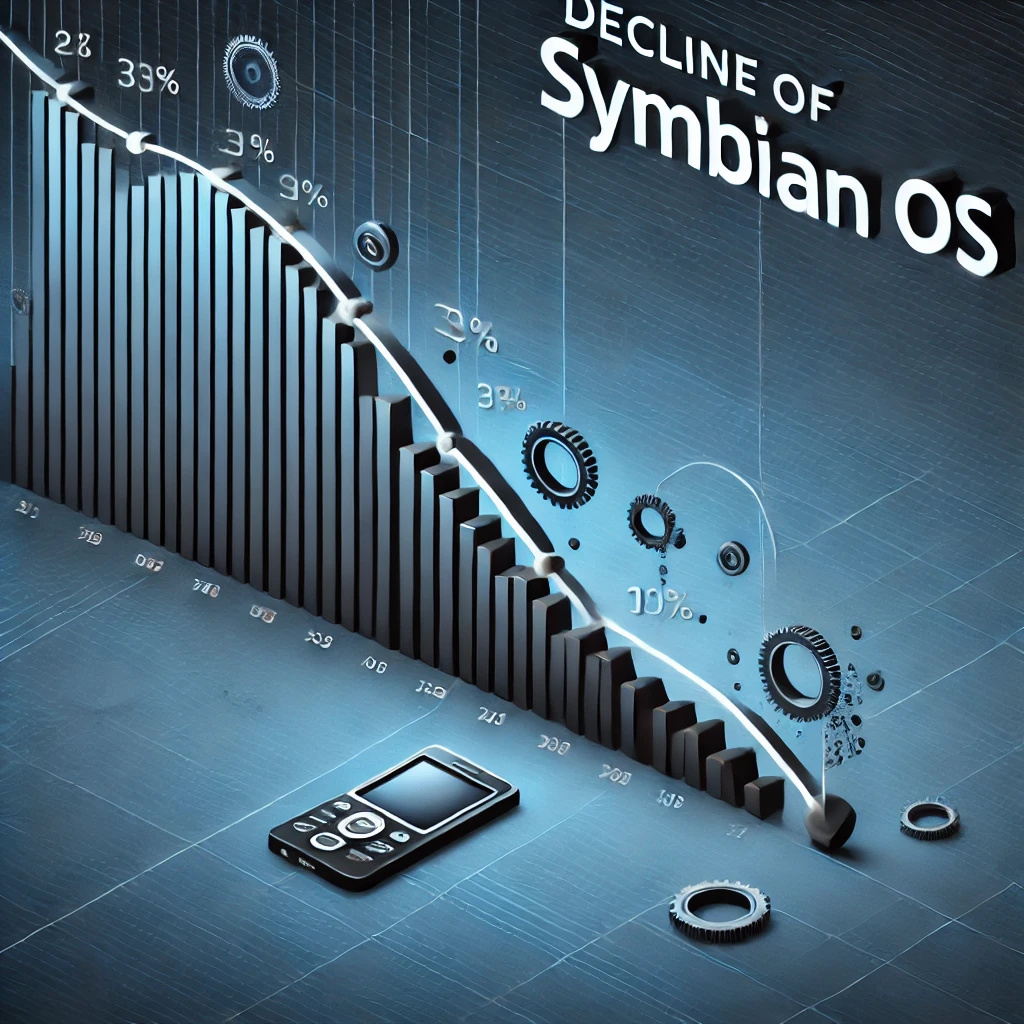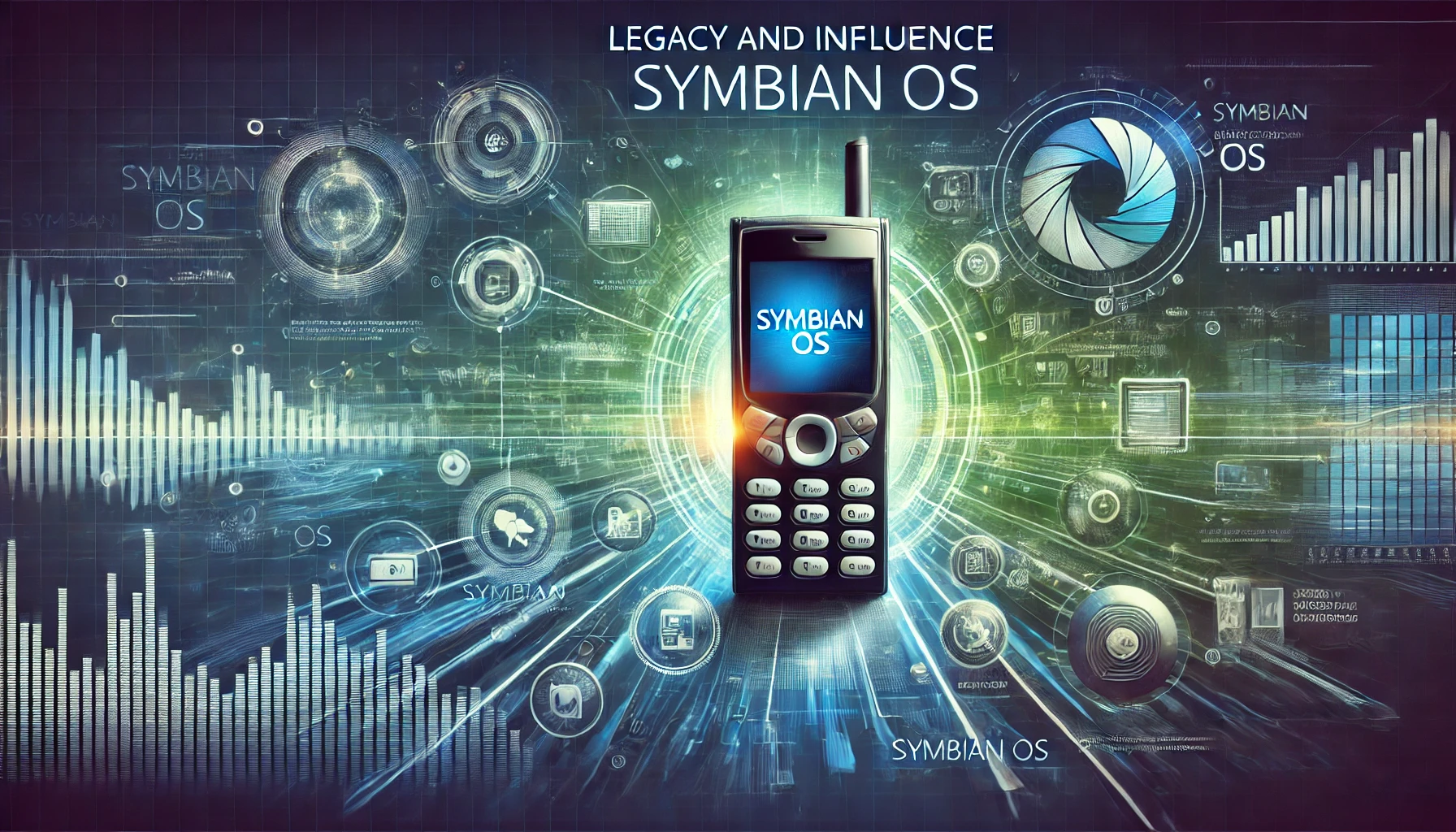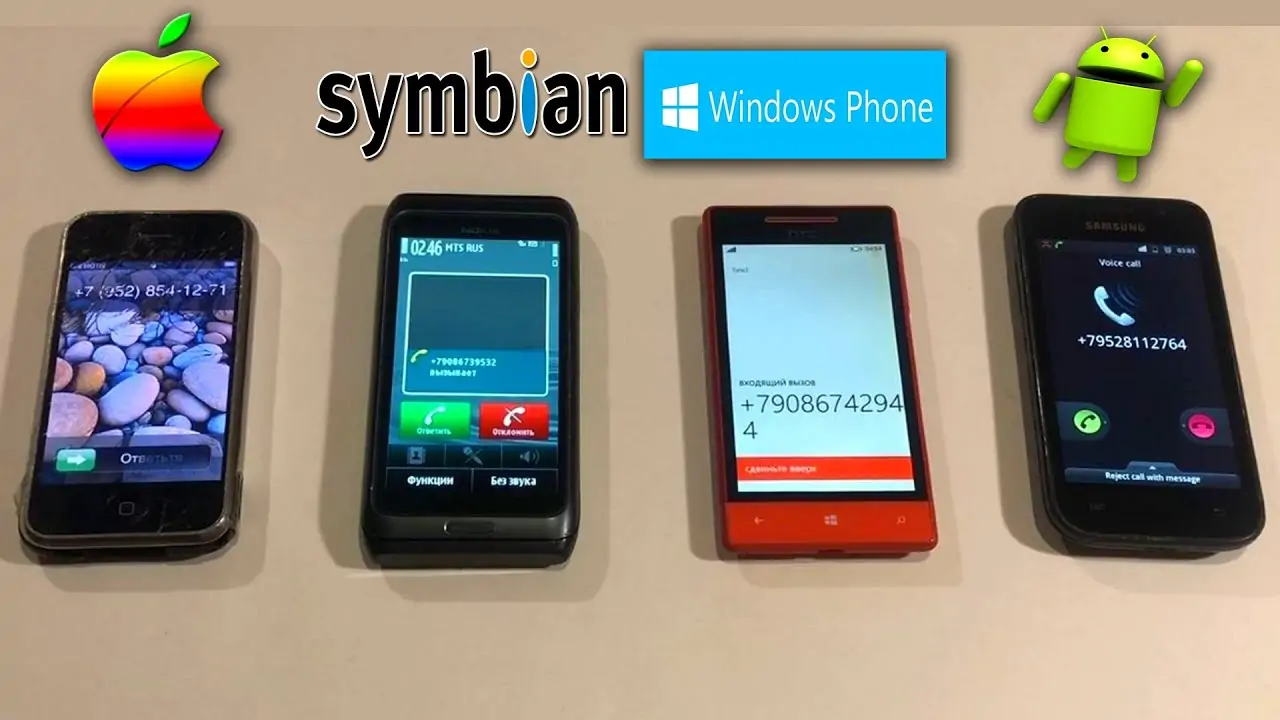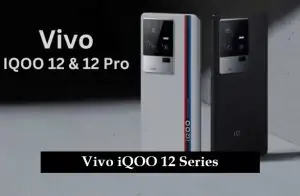Let’s take a quick journey back in time to explore Symbian OS, a key player in the mobile operating system world. Symbian was once the go-to platform for many smartphones, powering brands like Nokia and Sony Ericsson. Its significance lies in its early role in shaping the way we use mobile phones today. This article will dive into what made Symbian special and why it’s important to mobile history. So, let’s get started and uncover the legacy of Symbian OS.
Origin and History of Symbian OS
Symbian OS started its journey in the late 1990s, developed by Symbian Ltd., a collaboration of companies including Nokia, Ericsson, and Motorola. It began as an evolution of Psion’s EPOC operating system, aiming to bring advanced features to mobile devices. Over the years, Symbian OS achieved key milestones, becoming the first widely adopted smartphone OS and supporting features like multitasking and a touchscreen interface. These advancements made Symbian a dominant force in the early mobile market, setting the stage for the smartphone era we know today.
Versions of Symbian OS
Symbian OS 6.0
Symbian OS 6.0 was one of the earliest versions, featuring improved multitasking and multimedia capabilities. It was released in 2001. Notable devices like the Nokia 9210 Communicator used this version, which was well-received for its innovations at the time. However, it faced challenges like limited hardware support and a lack of developer tools, which hindered its broader adoption.
Symbian OS 7.0
Symbian OS 7.0, released in 2002, introduced key improvements, including enhanced security features and support for Bluetooth. This version saw adoption by manufacturers like Sony Ericsson and Nokia. While user and developer feedback was generally positive, the platform faced increasing competition from emerging operating systems, leading to concerns about fragmentation.
Symbian OS 8.0
Symbian OS 8.0, released in 2004, brought significant enhancements, such as support for 3G networks and improved security features. Popular devices like the Nokia N70 utilized this version, offering users new functionalities and a better experience. However, the OS faced challenges, including security vulnerabilities and development complexity, which affected its market presence.
Symbian OS 9.0
This version, released in 2005, marked a major architectural shift with enhanced security and new application development capabilities. Notable devices like the Nokia N91 launched with this version, garnering mixed responses from the industry and users. Challenges included adapting to changing market needs and addressing performance issues.
Symbian OS 9.1
Symbian OS 9.1, released in 2006, was built upon its predecessor with additional security measures and bug fixes. Devices like the Nokia N80 benefited from these updates, but the platform still faced challenges, such as software bugs and adaptation issues in the fast-evolving mobile market.
Symbian OS 9.2
Introduced in 2007, Symbian OS 9.2 continued to enhance system performance and introduce new functionalities, such as support for faster processors. Notable devices included the Nokia E71, which was well-received, though the platform struggled with increased competition and technical limitations.
Symbian OS 9.3
Symbian OS 9.3, released in 2008, focused on improving system stability and performance and introducing new applications and services. Devices like the Nokia E72 utilized this version, but the platform faced challenges like fragmentation and a limited app ecosystem.
Symbian OS 9.4
Symbian OS 9.4, launched in 2009, introduced a touch interface and enhanced multimedia capabilities. Key devices, such as the Nokia 5800 XpressMusic, showcased these features. However, the platform struggled to compete with emerging touch-based operating systems, impacting its market reception.
Symbian OS 9.5
The final updates to the Symbian OS, released in 2010, focused on refining the system and improving hardware compatibility. Noteworthy devices included the Nokia N8, but the platform faced dwindling developer interest and a declining market share.
Symbian^1 (S60 5th Edition)
This version was introduced in 2008 and marked a significant shift to touch interfaces with major devices like the Nokia 5800 XpressMusic. Despite innovations, the platform faced suboptimal touch experience and developer adaptation challenges.
Symbian^2
In 2010, Symbian^2 aimed to enhance touch functionality with a lineup of devices targeting the Japanese market. However, it struggled with the late adaptation to touchscreen trends and needed more ecosystem support.
Symbian^3
In 2010, Symbian^3 brought significant UI improvements and performance upgrades, featured in flagship devices like the Nokia N8. While the developer community showed interest, competition from iOS and Android and a limited app ecosystem posed significant challenges.
Symbian Anna
Symbian Anna, released in 2011, introduced refinements and features for key devices like the Nokia E6. Maintaining developer interest and market share became increasingly challenging despite positive user and critical reception.
Symbian Belle
The final major update, Symbian Belle, released in 2011, offered a complete UI overhaul and better device compatibility. While devices like the Nokia 808 PureView stood out, the platform faced diminishing market presence and a transition towards Windows Phone.
Technical Architecture and Features
Symbian OS Architecture
Symbian OS had a unique and robust architecture designed for efficiency and flexibility. It was structured layered, with the kernel at its core, providing the essential services for the operating system. Above the kernel were middleware components and application frameworks, which facilitated communication between hardware and software.
Key Components and Their Functions
The key components of Symbian OS inc lude the kernel, the base services layer, and the UI framework. The kernel managed core system operations like memory management and task scheduling. The base services layer provided essential services such as file system management and networking, while the UI framework enabled the creation of user interfaces and applications.
Unique Features of Symbian OS
Symbian OS stood out from other operating systems at the time due to its support for multitasking and robust security features. It was designed to be highly efficient, conserving battery life and resources, which was crucial for mobile devices. Symbian offered extensive customization options for manufacturers, allowing them to tailor the OS to their specific hardware and branding needs. These features made Symbian a versatile and powerful platform during its peak years.
Popular Devices and Manufacturers Using Symbian OS
Major Brands and Their Iconic Symbian Devices
Symbian OS was primarily associated with major brands like Nokia, Sony Ericsson, and Samsung. Nokia, in particular, was the leading manufacturer using Symbian, producing iconic devices like the Nokia 3310, Nokia 6600, and the N-series, including the Nokia N95 and Nokia N8. Sony Ericsson also made significant contributions with models like the P800 and P990, which featured advanced multimedia capabilities for their time.
Impact of Symbian OS on Device Design and Functionality
The use of Symbian OS had a profound impact on device design and functionality. It enabled manufacturers to create more sophisticated and feature-rich cell phones, which could handle tasks like multitasking, multimedia playback, and advanced communication features. Symbian’s efficiency allowed for longer battery life and better performance on the limited hardware of early mobile phones, making it a popular choice for many manufacturers.
Key Models and Their Features
Some key models that showcased Symbian OS’s capabilities included the Nokia N95, known for its dual-slide design and impressive multimedia features, including a 5-megapixel camera and GPS. The Nokia E71 was another standout, offering a sleek design with a full QWERTY keyboard catering to business users. Sony Ericsson’s P800 was notable for its touchscreen and stylus input, paving the way for more interactive devices. These models, among others, demonstrated Symbian OS’s versatility and ability to adapt to different market needs and innovations.
The Decline of Symbian OS
Factors Leading to the Decline
Several factors contributed to Symbian OS’s decline. One major reason was the increasing competition from more modern and versatile operating systems like Apple’s iOS and Google’s Android. These platforms offered better user interfaces, more robust app ecosystems, and greater developer support, attracting consumers and developers away from Symbian. Market shifts towards more touch-based and intuitive devices made it challenging for Symbian, which struggled to keep up with these new trends.
Transition to Other Platforms by Manufacturers
As the mobile landscape evolved, many manufacturers began transitioning to other platforms. Sony Ericsson, Samsung, and other companies that had used Symbian started adopting Android, attracted by its open-source nature and strong app ecosystem. This transition was also driven by the growing consumer demand for more advanced features and a better overall user experience, which Symbian increasingly needed help to provide.
Nokia’s Strategic Shift to Windows Phone
Nokia, the primary user of Symbian, made a significant strategic shift in 2011 by partnering with Microsoft to adopt the Windows Phone platform. This move was driven by Nokia’s recognition that Symbian could no longer compete effectively in the rapidly evolving smartphone market. The transition to Windows Phone was intended to rejuvenate Nokia’s smartphone lineup and align with a more modern operating system. However, this shift came too late to recover Nokia’s lost market share, and Symbian’s decline became irreversible, marking the end of an era for the once-dominant mobile OS.
Legacy and Influence of Symbian OS
Innovations Introduced by Symbian OS
Symbian OS introduced several key innovations that were ahead of their time. It was one of the first mobile operating systems to support true multitasking, allowing users to run multiple applications simultaneously. Symbian also offered robust security features and an efficient, lightweight architecture, making it well-suited for early smartphone’s limited hardware capabilities. It supported various connectivity options, including Bluetooth and 3G, and enabled advanced functionalities like GPS navigation and multimedia playback.
Influence on Subsequent Mobile Operating Systems
The innovations pioneered by Symbian OS laid the groundwork for many features now standard in modern mobile operating systems. Its early support for multitasking and robust app management influenced the design of later platforms like iOS and Android. The focus on security and efficient resource management also set benchmarks for subsequent OS development. Symbian’s flexible architecture, which allowed extensive customization by manufacturers, has been mirrored in the modular design of modern operating systems.
The Role of Symbian in Shaping the Smartphone Industry
Symbian OS played a crucial role in shaping the smartphone industry during its peak years. It was the dominant mobile operating system in the early 2000s, powering a wide range of smartphones and setting the standard for mobile technology. Symbian helped popularize the concept of smartphones as versatile, multi-functional devices, paving the way for the rapid expansion of the smartphone market. Its contributions to mobile technology and the early app ecosystem laid the foundation for the modern mobile experience, making it a significant chapter in the history of mobile computing.
Comparison with Contemporary Operating Systems
Symbian OS vs. iOS, Android, and Windows Mobile
Symbian OS was one of the leading mobile operating systems during its prime, competing directly with iOS, Android, and Windows Mobile. Each of these platforms had unique characteristics that appealed to different user groups. While Symbian was known for its efficiency and versatility, iOS, introduced by Apple in 2007, quickly gained a reputation for its smooth, intuitive user interface and strong app ecosystem. Android, launched by Google in 2008, became popular for its open-source nature and extensive customization options, attracting both users and manufacturers. Windows Mobile, developed by Microsoft, was favored by business users for its integration with Microsoft Office and other enterprise services.
Strengths and Weaknesses in Comparison
Strengths of Symbian OS
- Efficiency: Symbian OS was lightweight and resource-efficient, making it suitable for devices with limited hardware capabilities.
- Customization: The OS allowed manufacturers to heavily customize the user interface and features, catering to various market segments.
- Early Multitasking: Symbian supported true multitasking, a significant advantage over its competitors.
Weaknesses of Symbian OS
- User Interface: Symbian’s user interface could have been more intuitive and aesthetically appealing than iOS and Android.
- App Ecosystem: Symbian had a robust app ecosystem in its early years but struggled to keep up with the rapid expansion and innovation in the iOS App Store and Google Play Store.
- Developer Support: The development process for Symbian was often seen as complex and less accessible, which limited the number of high-quality apps available.
- Adaptation to Market Trends: Symbian was slow to adapt to the growing trend of touchscreens and the increasing importance of app ecosystems, which were strengths of iOS and Android.
Conclusion
Symbian OS played a pivotal role in the early days of smartphones, pioneering many features and setting standards for mobile technology. Its journey from dominance to decline reflects the rapid evolution of mobile operating systems and the shifting demands of users and developers. While it ultimately couldn’t compete with newer platforms like iOS and Android, Symbian’s innovations and contributions remain a significant chapter in tech history, showcasing the importance of adaptability and innovation in the fast-paced world of technology.
